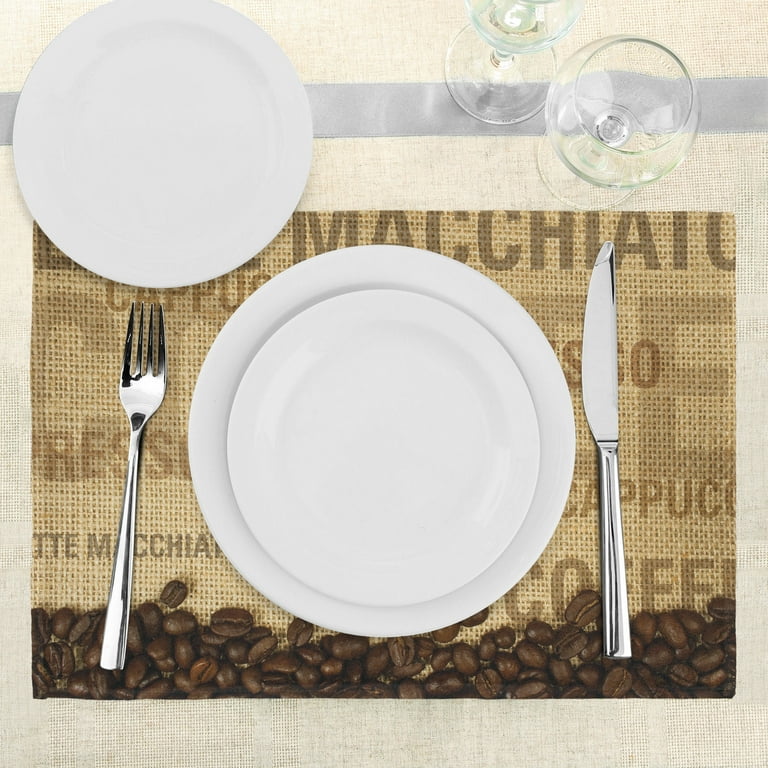Top News Sites Things To Know Before You Buy
Top News Sites Things To Know Before You Buy
Blog Article
The 15-Second Trick For Unique Art
Table of ContentsThe Best Guide To Unique ArtHow Unique Art can Save You Time, Stress, and Money.The 7-Minute Rule for Unique ArtUnique Art Can Be Fun For Anyone
While one might dispute which art type holds precedence, the reality stays that each of these 7 types offers an unique window right into human background, culture, and development. They are the tapestries that chronicle our journey, reminding us of our past while inspiring visions for the future.Great art work informs a tale, makes people look twice, and creates an one-of-a-kind experience that can not be matched. Art and pictures interact every one of that via color, shape and various other design aspects. Find out just how to make your one-of-a-kind artwork attract attention from the group.
3 Emil DervishIn this entrance by Emil Dervish that beautiful cobalt blue door steals the show. To bring much more drama, he expanded the paint. to the doorframe and the wall up, ending up in an arched shape. The curves, along with a spherical sconce, soften the sides - Unique Art. Frameworks vintage posters and maps of precious locations established the scene.
8 TRIA GIOVANEqual components grand and laidback, this entrance hall designed by Anthony Baratta is the ideal plan to comply with if you're decorating a formal entrance that still feels unfussy and comfortable. Formed textiles take spotlight (see the carpetings and the sofa), but they also aid bring the high ceilings to a human scale when hung over wallpaper.
Little Known Questions About Unique Art.
18 Heidi Caillier DesignA gallery wall does not require to take up the entire area. In some cases a tiny one can make a larger design declaration. In this living area, Hiedi Caillier decided for micro-mini structures and an arbitrary make-up.
, the expression of concepts and feelings, with the development of certain visual high qualities, in a two-dimensional aesthetic language. The aspects of this languageits shapes, lines, colours, tones, and texturesare made use of in different means to produce experiences of volume, space, activity, and light on a flat surface area. These aspects are combined right into expressive patterns in order to stand for actual or supernatural phenomena, to interpret a narrative style, or to develop entirely abstract visual relationships.
Later the notion of the "fine musician" established in Asia and Renaissance Europe. Popular painters were managed the social status of scholars and courtiers; they signed their work, chose its layout and usually its subject and imagery, you can look here and established an extra personalif not always amicablerelationship with their customers. During the 19th century painters in Western cultures began to lose their social setting and safe and secure patronage.
The Of Unique Art
Others gained an earnings through visiting events of their job. The need to appeal to a market had replaced the comparable (if much less impersonal) needs of patronage, and its effect on the art itself was most likely comparable. Generally, artists in the 20th century might reach a target market just via industrial galleries and public galleries, although their work may have been occasionally reproduced in art periodicals
For the background of painting in ancient Egypt, see Egyptian art and style. The growth of paint in different areas is dealt with in a variety of short articles: Western painting; African art; Main Oriental arts; Chinese paint; Islamic arts; Japanese art; Korean art; Native American art; Oceanic art and design; South Asian arts; Southeast Asian arts. It is the sense of certainty in this formal organization that gives a fantastic paint its self-sufficiency and presence. The colours and placing of the principal photos in a style might be in some cases mainly decided by representational and symbolic factors to consider. It is the formal interplay of colours and shapes that alone is capable of connecting a particular mood, creating optical feelings of space, quantity, motion, and light and producing forces of both consistency and stress, also when a paint's narrative symbolism is obscure.
Don't copy the design of various other artists if you're attempting to discover your style. Copying other individuals's art work can be great in instructional objectives however it will certainly not make you closer to finding your very own one-of-a-kind design. Your creative design has to be, what you like and what influences you.

Not known Details About Unique Art
You need to try great deals of different options and discover whatever prior to you can concentrate on one particular design or you'll be burnt out, or even worse, you'll hate your very own style. I suggest you to try every solitary subject that you're interested in, discover as much as you can. Try various tools that excite you and brand-new techniques you have actually never ever attempted before.
With time you'll be able to sort every one of them into your preferred and least preferred categories. Try to concentrate your attention on the subjects and tools that you like and prior to you see it coming you'll have your own personal and unique style, like nobody else have! In the end you'll have a blog here couple of preferred subjects to repaint and perhaps a few favorite mediums.

Report this page